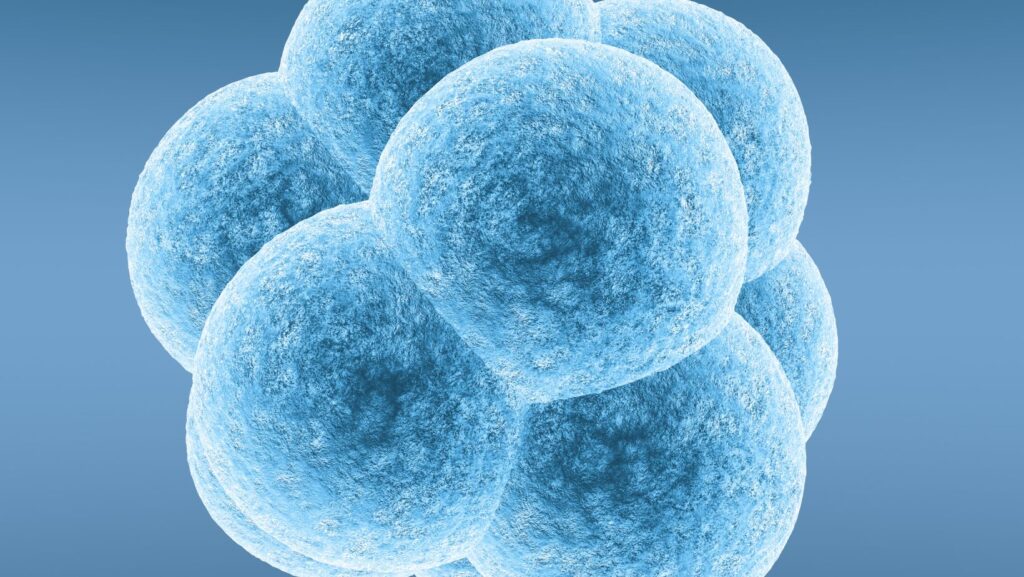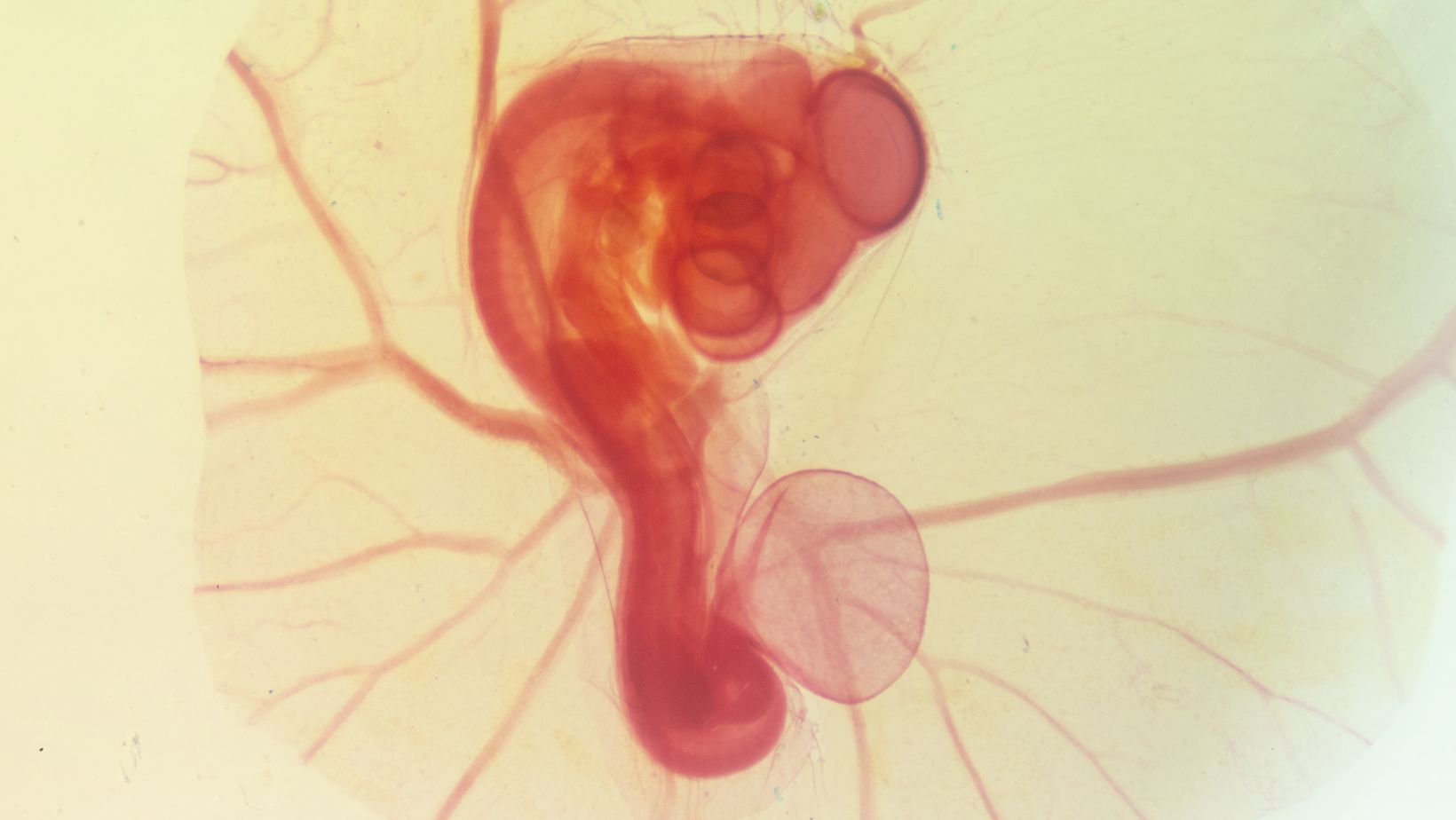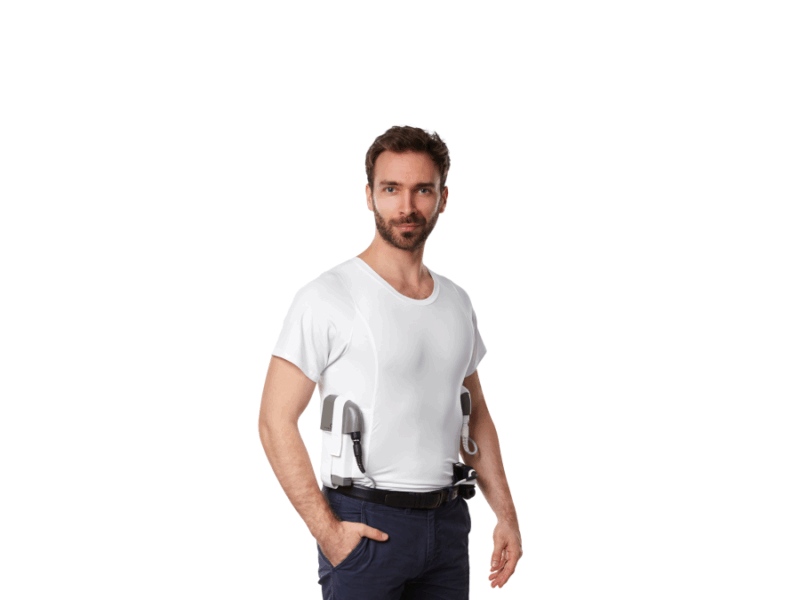
Have you ever thought about how science and compassion can intersect to create miracles? Today’s embryo donor program options showcase exactly that. While browsing various clinics’ websites, I discovered fascinating stories of hope, generosity, and cutting-edge medical science working together.
Behind the Decision to Donate
“I never thought we’d be in this position,” Sarah whispered during our interview. Like many couples, after completing their family through IVF, they faced a decision about their remaining frozen embryos. Their choice to donate opened doors for another family’s dreams while honoring the potential for life they had created.
Breaking Down the Science
Let’s get real about what happens in these programs. Think of it like a carefully choreographed dance between medical precision and human emotion. Frozen embryos, preserved at temperatures that would make Antarctica feel tropical, wait for their chance to become someone’s long-awaited child.
The Matching Process
Here’s something wild – matching donors with recipients isn’t just about medical compatibility. Programs consider everything from medical history to shared values. One coordinator told me, “It’s like putting together a puzzle where every piece matters, but the picture is about creating future families.”
Medical Screening: More Than Just Checkboxes
You might think it’s just about health tests (spoiler: it’s not). While genetic screening and health checks are crucial, there’s this whole other layer of care.
Physical evaluations, sure, but also conversations about hopes, fears, and expectations. Because let’s face it – this journey touches hearts as much as it does medical charts.
Legal Framework: Keeping Everyone Protected
Lawyers who specialize in reproductive law (yes, that’s a thing!) help navigate the complexities. Clear agreements protect everyone involved – donors, recipients, and most importantly, the future children. One attorney mentioned, “We’re not just writing contracts; we’re helping create secure foundations for future families.”
The Financial Picture
Here’s a breath of fresh air – embryo donation programs often cost less than traditional IVF or adoption. While exact numbers vary by clinic and location, many families find this path more financially accessible. Think of it as reproductive medicine meeting practical reality.
Success Stories and Statistics
Numbers tell part of the story – success rates varying between clinics and circumstances. But behind these statistics are real families celebrating birthdays, first steps, and countless precious moments. Each successful transfer writes another chapter in this remarkable story.
Support Through the Journey
Modern programs get it – emotional support isn’t optional.

From counseling sessions to support groups, they’re creating networks that catch you when things feel overwhelming and celebrate with you when dreams come true. One recipient shared, “The support team became like family during our journey.”
Looking to Tomorrow
Research continues pushing boundaries, improving success rates, and making the process smoother. New freezing techniques, better screening methods – the field keeps evolving. But at its heart, it remains about people helping people create families.
Making Your Decision
Whether you’re considering becoming a donor or recipient, take time to explore your options. Connect with clinics, ask questions (even the uncomfortable ones), and remember – there’s no rush in making such a meaningful decision.
Have you encountered someone who’s been through an embryo donor program? Their stories often carry insights that statistics can’t capture. Maybe you’re considering this path yourself? Remember, every journey starts with that first brave step of reaching out for information.
P.S. For anyone curious about specific program details, don’t hesitate to contact reputable fertility clinics – they’re usually happy to answer questions and guide you through their process.












